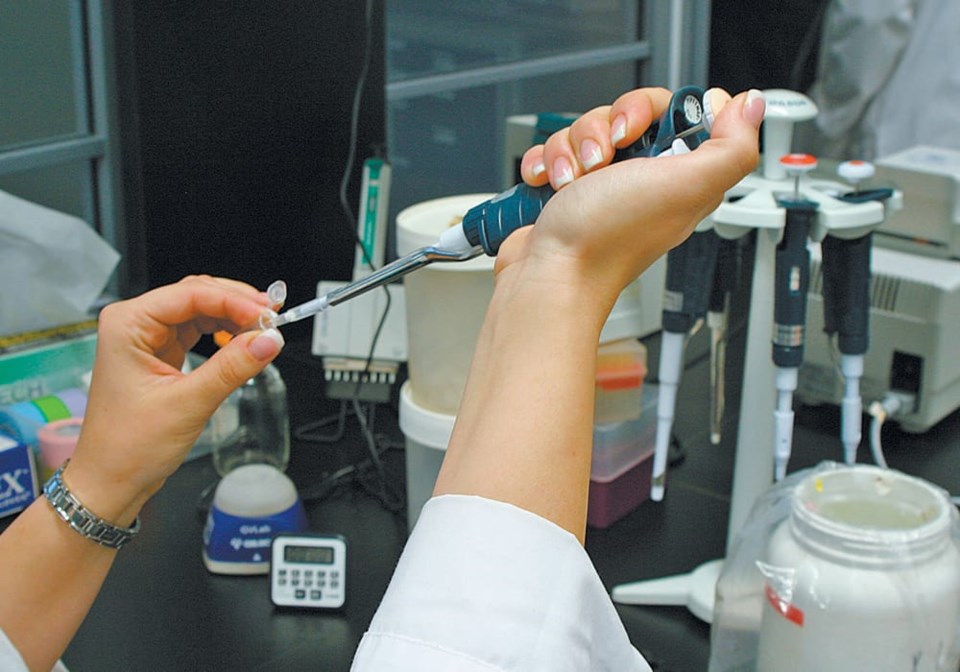SASKATOON — Crop organizations say the federal government’s research priorities are increasingly at odds with those of farmers.
The issue surfaced during the Saskatchewan Canola Development Commission’s annual general meeting.
“Are we in alignment or are we starting to see what our priorities are as growers isn’t necessarily the same priorities as the federal government?” former SaskCanola board member Gerry Hertz asked during the meeting’s question-and-answer session.
Board chair Keith Fournier said the federal government’s laser focus on the environment restricts where taxpayer dollars are going.
“There are times that we find that maybe they’re not funding some of the ones that we see as a priority,” he said.
Tracy Broughton, executive director of SaskCanola, said the problem lies with Ottawa’s new Sustainable Canadian Agricultural Partnership, a five-year, $3.5 billion agricultural policy framework that runs from 2023-28.
Government funding is heavily weighted to projects where the primary focus is reducing greenhouse gas emissions, improving carbon sequestration or other ways of addressing climate change.
She said that is handcuffing commodity groups, which are more interested in projects that increase production.
Broughton told delegates attending the SaskCanola meeting that other farm groups and some provinces have voiced similar concerns with Ottawa.
“I just had a conversation with (Agriculture Canada) a couple of weeks ago and I think those messages have been heard,” she said.
She thinks farm groups need to be more proactive about clearly stating their priorities for the next five-year framework, which is already under development.
“If there are government priorities, those need to come from a different place,” said Broughton.
“It shouldn’t be gutting out the existing program funding that helped to drive our industry forward.”
She doesn’t want SaskCanola chasing federal dollars by submitting research proposals that meet the federal government’s priorities but not those of the province’s farmers.
“We should not be applying for that money,” she said in an interview following the AGM.
The good news is that more grower money will be directed toward research spending in 2023-24. SaskCanola is budgeting $4.1 million, up from $2.7 million last year.
Fournier said a rebound in levy revenue left the organization with a healthy amount of money to invest on behalf of the province’s 17,000 canola growers.
Saskatchewan Pulse Growers is also substantially boosting its spending on research. The organization has budgeted $9.9 million for 2023-24, up from $6.25 million last year.
SaskPulse had gone through a few years where new spending was paused and existing projects were cancelled due to slumping revenues caused by low pea and lentil prices and the loss of the Indian market for peas.
Another $5 million in annual research spending was taken off the books when SPG’s breeding arrangement with the University of Saskatchewan’s Crop Development Centre came to an end in 2020.
Spending fell to a paltry $2.9 million in 2021 but is now on the rise as levy revenues remain strong due to high pulse prices.
The organization’s revenues have started exceeding expenditures again by a wide margin.
“New investments in research take time to come online, which has resulted in surpluses in recent years,” SPG executive director Carl Potts said during the organization’s annual general meeting.
The unrestricted portion of SPG’s large accumulated surplus totalled $19 million in 2022-23.
The board has earmarked $14 million of that for high-priority research projects such as root rot disease, weed research and building agronomy research and disease nursery capacity.
However, the recent run of surpluses appears to be over. SPG is forecasting a balanced budget in 2023-24 with $16.8 million in revenue offset by $16.6 million in expenditures.




